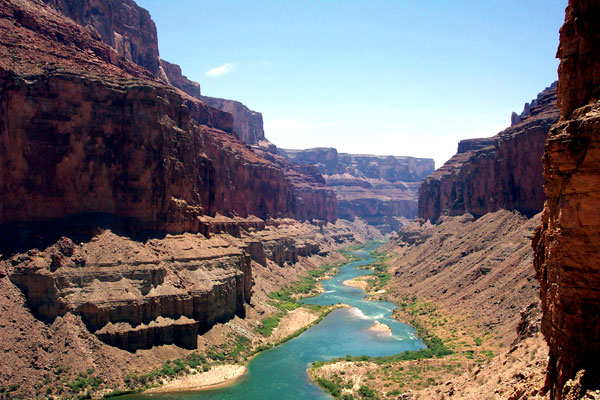The water supply for about 40 million people is becoming scarce and the concern is increasing in seven states.
Last week, after reviewing the claims records of water in Colorado, an Arizona Sun reporter found something not so surprising but alarming:
“During the course of this year, the combined storage of Lakes Powell and Mead — and the total system storage of all 10 major reservoirs in the Colorado River Basin — is expected to reach its lowest point since Lake Powell was filled. Estimates show that lakes Powell and Mead will reach only 45% of its maximum capacity combined this year, according to the latest study from the Bureau of Reclamation. Hydrologists define a water year as starting on October 1 and ending September 30.
The image below shows how much Lake Mead, the giant reserve of water in the Colorado River formed by the Hoover Dam, reduced in just three months.

Lake Powell is the other source of water saving of the river. Most of its water comes from streams in the highlands, including the basin of Upper Colorado. Based on how much water reaches the lake, authorities release water to Lake Mead. It’s all part of an elaborate system of reserves designed to ensure the supply of water to 40 million people in seven states.
The problem is that these users are using more water than the system is able to supply to Arizona, California, Colorado, New Mexico, Nevada, Utah and Wyoming. The director of the Bureau of Reclamation, Michael Connor, stated before Congress that three studies indicate that in the last 14 years, the Colorado River watershed has been among the lowest in 1,200 years.

